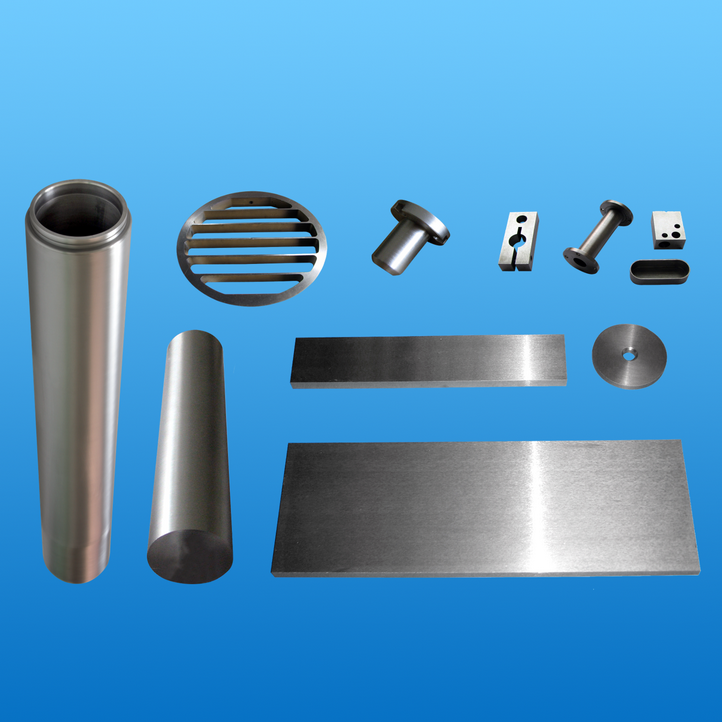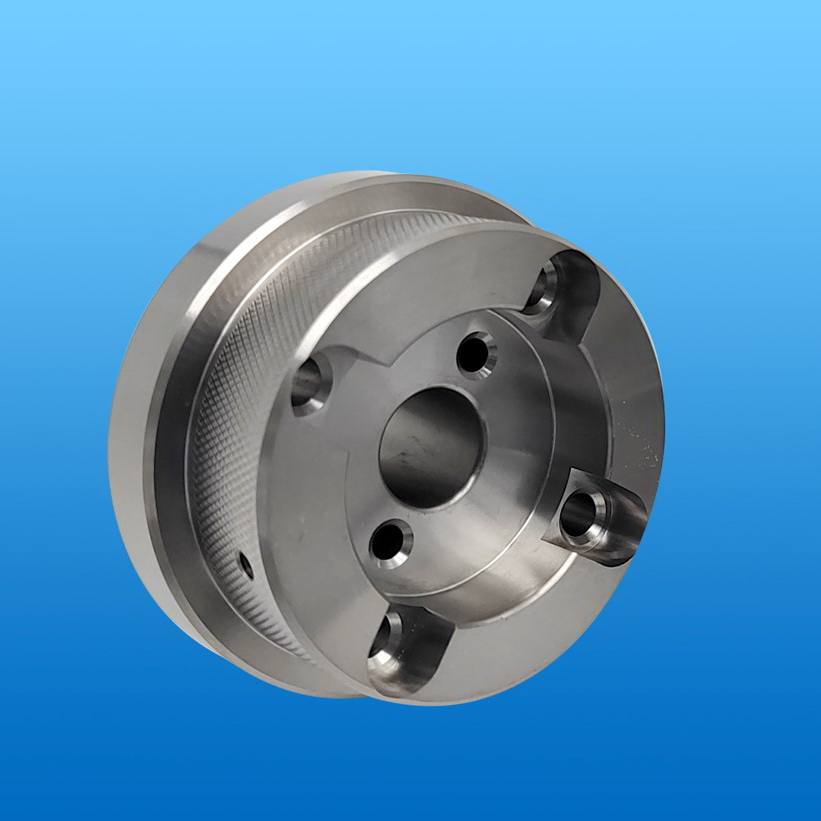Industrial Applications of Molybdenum
–Aerospace and Aviation:
The aerospace and aviation industries demand materials. These advanced materials can perform reliably in the severe conditions of space and high-speed air travel. Mo is used in rocket engine nozzles.
In this field, its high melting point and resistance to thermal shock are critical. So, it can withstand the extreme heat generated during launch and flight.
–Nuclear Energy:
In nuclear reactors, Mo serves as a component in the construction of fuel rods.
It has the ability to withstand the corrosive effects of nuclear fuel and maintain structural integrity under high temperatures. Thus, it is an invaluable material in the nuclear energy sector.
–Electronics and Electrical Industries:
The exceptional electrical conductivity of Mo finds use in the electronics industry. That works well, particularly in the manufacture of filaments and components for vacuum tubes and light bulbs.
In addition, its high melting point is advantageous for producing electrodes used in electrically heated glass furnaces.
–High-temperature Furnaces:
Mo possesses resilience at high temperatures. This impressive feature qualifies it as a preferred high-temperature material for furnace components, heating elements, and heat shields.
Its performance in such applications ensures longer service life and reduced maintenance costs for high-temperature furnaces.
–Future Prospects:
The future of molybdenum, the high-temperature material, looks promising.
One area of significant potential is the development of next-generation nuclear reactors. That’s because Mo’s radiation resistance and thermal properties is pivotal.
Additionally, the demand for energy-efficient and high-performance materials grows. And, the aerospace, defense, and clean energy sectors are expected to increase their reliance on molybdenum.
Moreover, there comes the push for more sustainable and environmentally friendly manufacturing processes. It is likely to spur innovations in recycling and reduces the environmental impact of molybdenum production.
This would make the metal an even more attractive option for industries seeking to balance performance with environmental responsibility.












